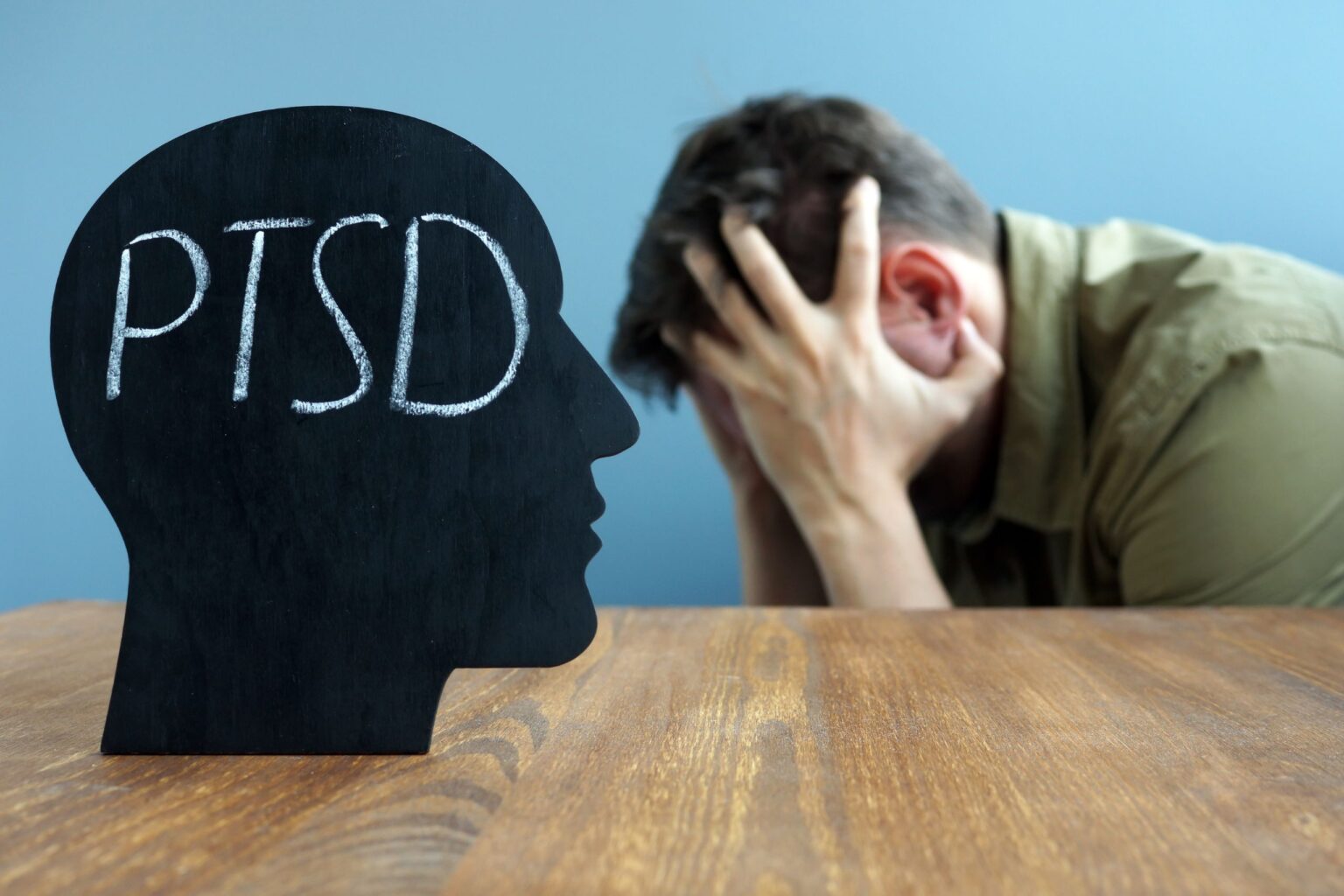What Are the Symptoms of PTSD?
PTSD symptoms are generally grouped into four categories:
1. Intrusion (Re-experiencing)
-
Flashbacks or vivid memories of the trauma
-
Nightmares
-
Intense emotional or physical distress when reminded of the event
2. Avoidance
-
Avoiding places, people, or situations that bring back memories
-
Avoiding talking or thinking about the trauma
3. Negative Changes in Mood and Thinking
-
Feelings of hopelessness or emotional numbness
-
Memory issues, especially about the traumatic event
-
Persistent negative thoughts or self-blame
-
Loss of interest in previously enjoyed activities
4. Hyperarousal (Reactivity)
-
Being easily startled or constantly on edge
-
Trouble sleeping or concentrating
-
Irritability or angry outbursts
Symptoms may appear soon after the event or be delayed for months or even years.
Who Can Develop PTSD?
Anyone can develop PTSD, regardless of age, gender, or background. Risk factors include:
-
Experiencing intense or long-lasting trauma
-
Lack of support after the event
-
A history of mental health issues
-
Previous exposure to trauma
PTSD can affect survivors, witnesses, and even loved ones of those directly impacted.
Diagnosis and Treatment
PTSD is diagnosed by a licensed mental health professional through interviews and standardized assessments. A diagnosis typically requires symptoms to last more than a month and cause significant impairment.
Effective Treatment Options Include:
-
Trauma-Focused Therapy – such as Cognitive Processing Therapy (CPT), Prolonged Exposure (PE), and EMDR (Eye Movement Desensitization and Reprocessing)
-
Medication – including antidepressants like SSRIs to help regulate mood and anxiety
-
Support Groups – offering community, understanding, and shared healing
-
Lifestyle Support – including exercise, mindfulness, and healthy sleep routines
Early intervention and a supportive environment can greatly improve recovery outcomes.
Living with PTSD
PTSD is not a sign of weakness—it is a response to overwhelming stress. With the right treatment and support, recovery is possible. Many individuals find healing through therapy, self-care, community, and time.

